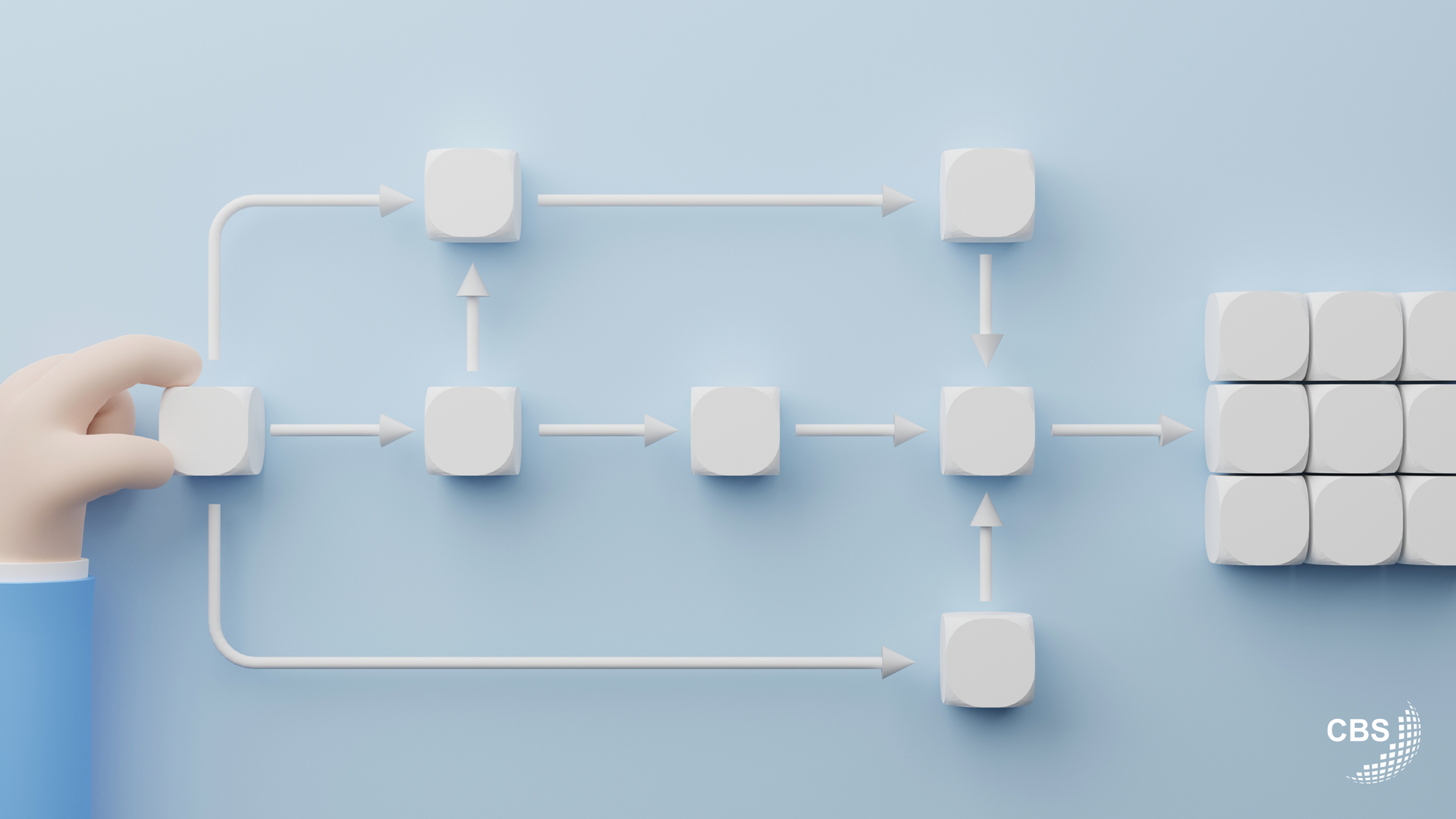Sample Cost Analysis
A sample cost analysis typically involves assessing the expenses associated with a particular project, initiative, or business operation. Here's how you can structure a sample cost analysis:
- Identification of Costs: Begin by identifying all relevant costs associated with the project or operation. This includes both direct costs (easily attributable to the project) and indirect costs (related but not directly attributable).
- Direct Costs: Direct costs are those expenses that can be specifically traced back to the project. Examples include materials, labor, equipment, and subcontractor costs.
- Indirect Costs: Indirect costs are expenses that are not directly attributable to the project but still contribute to its overall cost. This may include overhead costs such as utilities, rent, administrative salaries, and general supplies.
- Variable Costs: Variable costs are expenses that vary depending on the level of production or activity. For example, raw materials costs may increase as production volume rises.
- Fixed Costs: Fixed costs are expenses that remain constant regardless of the level of production or activity. This may include rent, insurance premiums, and salaries.
- One-Time Costs vs. Recurring Costs: Distinguish between one-time costs, which occur only once during the project or operation, and recurring costs, which occur regularly.
- Cost Estimation: Estimate the costs associated with each item identified. This may involve obtaining quotes from suppliers, researching market prices, or using historical data from similar projects.
- Contingency Budget: It's prudent to include a contingency budget to account for unforeseen expenses or changes in project scope.
- Total Cost Calculation: Sum up all identified costs to calculate the total projected cost of the project or operation.
- Comparison and Analysis: Compare the projected costs with the available budget or funding to determine feasibility. Analyze cost-effectiveness and identify areas where cost savings may be possible.
- Sensitivity Analysis: Conduct sensitivity analysis to assess the impact of potential changes in cost variables on the overall project budget.
- Documentation and Reporting: Document the cost analysis process, assumptions made, and findings in a comprehensive report. Present the analysis to stakeholders for review and decision-making.
By following these steps, you can effectively conduct a sample cost analysis to evaluate the financial implications of your project or operation.
Click Here to explore our IT Solutions!












